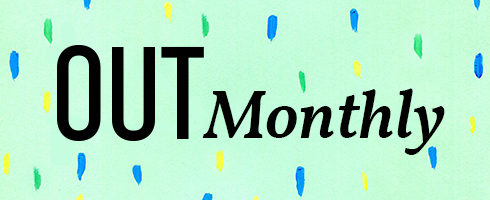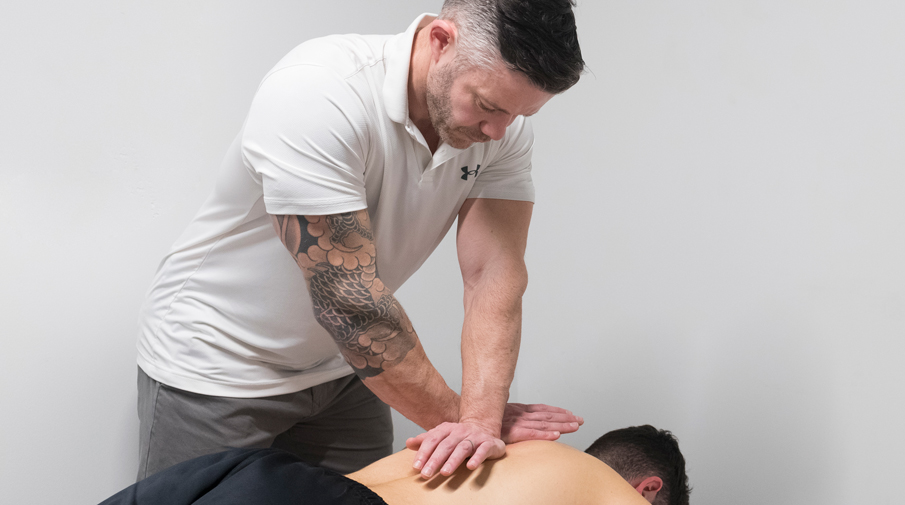Work-from-home culture means we’re moving less, fewer steps are made without commuting and three years on, many still sit on the sofa with a laptop. We’re seeing more neck issues than lower back pain due to bad posture and the amount of screen time.” From his Epsom clinic, Tom explains more and why prevention is better than cure.
The early years
“Start good postural habits from an early age; the body is maturing and the skeleton is growing – create good patterns. Aches or ‘growing pains’ are common as big influxes of hormones change muscle density and bone growth accelerates. Avoid narrow, ill-fitting shoes. Wider-front styles encourage toes to spread, promoting better balance and weight distribution. Heels worn at a young age can shorten the Achilles tendon making the wearer more susceptible to ankle sprains and knee injuries. Finally, school backpack heavy? Use both straps.”
Don’t blame devices
Tom agrees that an increase in screen usage is a key contributor – across all ages – however, it’s leading to more referrals in teens he previously didn’t see before and says the device alone, isn’t at fault. “People are obsessed with blaming ‘tech’ but just look back in time, people were reading – holding newspapers on trains for hours – working on the land, bent or hunched over; so-called ‘tech-neck’ is just an evolution of how we’ve been for a long time. What we lack now is physical activity. So, after 8 hours working in front of a screen, you might start gaming – to relax and unwind. This amount of continuous time is the issue. Whether hunched over a screen or a text book, limit time spent locked in one position. Move around and balance out screen time with regular physical activities.
Car rules
“People slouch in cars, especially with deep, bucket seats. These encourage sitting low and rounded. Over time, pressure builds, making you vulnerable to disc herniation. Try to sit with your hips higher than your knees and place a small cushion in your back to extend your posture.”
Desk: sit or stand?
“Sit-stand desks are great – standing engages core strength. You can get stand-up desks everywhere now – use an ironing board – there’s lots of options. As for sitting, position your bottom higher than knee-level, ensure your screen is at the correct eye level, get up at least once every hour and don’t over-extend for the mouse or telephone.”
Best sleep positions
“For back sufferers, a firm mattress is better plus sleeping on your side, supporting your neck, with a pillow in between your legs is a great position.
Yoga or pilates?
“For back health, pilates is better to improve core strength which aids posture and tone. For flexibilty, meditation and stretching then do yoga but to get strong, do pilates, weights or any impact sport.”
Use it, or lose it
“We learn to ‘expect’ to be in worse health the older we get, when in fact, many retire and stop doing things they used to do! Stay as physically active as you can. Join a senior exercise class – for social interaction too – as well as keeping bone density strong. Do what you can, if that’s getting in and out of your chair, then try that 10-20 times. Don’t just accept the ‘ageing process’, look for ways to sustain your health. It’s your twilight years, enjoy them as best you can.”
When to seek help?
“Any worrying aches should get checked; the site of pain is not always the cause; a knee niggle can be from your back, shoulder pain might be from your heart or gall bladder. An assessment will rule out other serious pathologies. As osteopaths, we’re trained to refer clients for further investigation. Left alone, things might not improve and reoccurring injuries can worsen over time. After an assessment, we’d work with a strengthening plan, physiotherapy or deep tissue work. It’s better to spot a small injury, look at where the body may be going wrong biomechanically, fix that and make you stronger. The body is an interconnected unit; injuries in one place can lead to injuries in another. If you’re in any pain, unsure or worried about past injuries, these are all things we can check out.”
Tom Ward, Osteopath and owner of Osteo & Physio Epsom (located inside Anytime Fitness) Epsom Square





